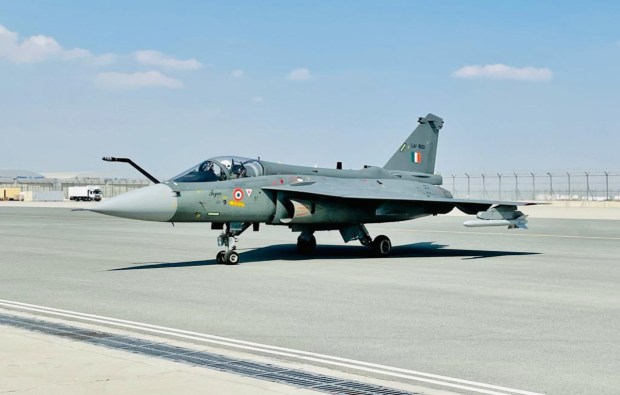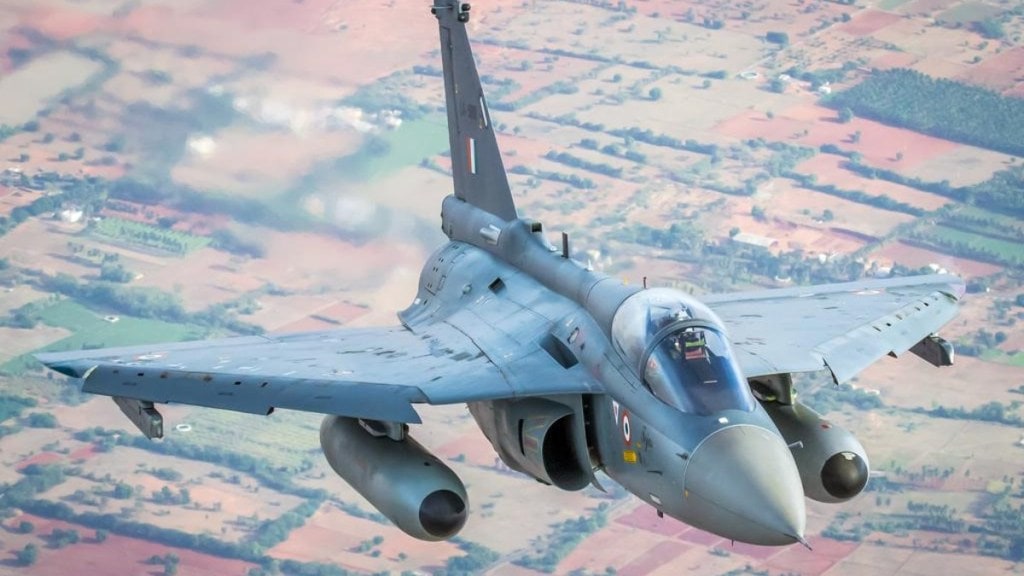In a significant development Chief of Air Staff Air Chief Marshal VR Chaudhari, has revealed that the indigenous Light Combat Aircraft `Tejas’ Mk 1A is poised to join the ranks of a newly established squadron at one of the IAF’s operational bases, in 2024.
During a comprehensive review of the Light Combat Aircraft (LCA) programme, the Chief of Air Staff (CAS) expressed his appreciation for the diligent efforts of all stakeholders, despite project delays that were identified. Emphasizing the importance of imbibing the lessons from the LCA programme into future indigenous Design & Developmental projects, the Air Chief underlined the potential for growth and innovation within the nation’s aerospace sector.
The collaborative approach of all involved entities was highlighted as pivotal for the success of this vital national endeavour. The LCA programme serves as an embodiment of India’s self-reliance in the aerospace domain, aligning perfectly with the ideals of Atmanirbhar Bharat and the Make in India initiative. This robust project has effectively demonstrated India’s commitment to shaping its own aviation destiny.

With the steadfast commitment from state-owned Hindustan Aeronautics (HAL), the LCA Mk 1A project has achieved significant milestones. Having successfully delivered all contracted fighter variants of the LCA Mk 1 to the IAF, HAL’s representatives assured the CAS of timely delivery of the contracted twin-seater variants in the upcoming months. Furthermore, the ambitious goal of introducing 83 LCA Mk-1A aircraft, as contracted by the IAF in 2021, is set to become a reality. The Chairman & Managing Director of HAL reaffirmed that deliveries of this advanced LCA variant will commence by February 2024.
As India continues its quest for technological excellence and self-sufficiency in aerospace capabilities, the forthcoming induction of the LCA Mk 1A squadron in 2024 stands out as a testament to the nation’s dedication and progress. This event not only boosts India’s defense prowess but also establishes a firm foundation for future indigenous aviation accomplishments, setting the stage for increased deployments, participation in international exercises, and the sustained evolution of the aerospace sector.

